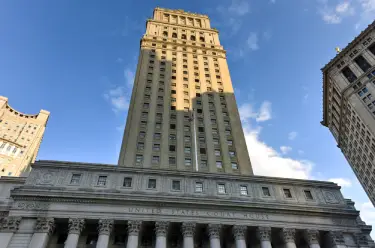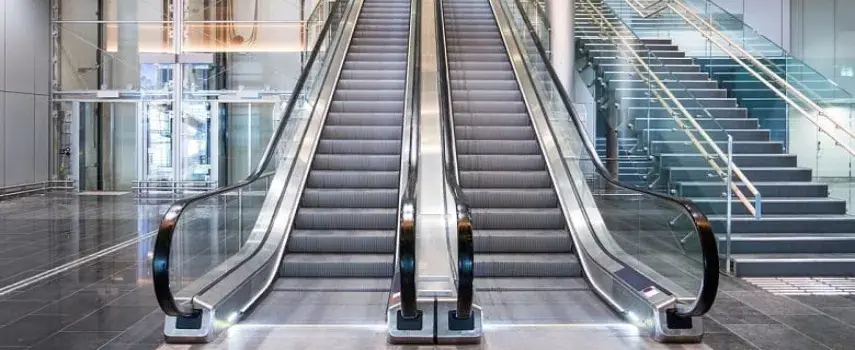Accidents involving those working in the retail industry are common. Retail employees must often work at heights to stock inventory and retrieve merchandise for customers. Shopping malls are a particularly common setting for retail accidents, particularly those involving falls. This is in part due to the volume of customers and inventory sold at shopping malls.
Shopping Mall Accidents Involving Falls While Retrieving Merchandise
For example, in one case, a woman was injured after falling from a ladder. The ladder led to a storage loft. The woman fell while working for a store in a shopping mall. She claimed the ladder had shifted away from the loft, causing her to lose her balance and fall. The injured woman sued the mall’s owner for her injuries. She argued that the shopping mall’s negligence in constructing or maintaining the ladder was the cause of her accident and injuries. The shopping mall owner asked the judge to dismiss the case. The judge granted the application and the injured woman appealed.
The Law Regarding Out-of-Possession Landlords
On appeal, the Appellate Court found that the shopping mall was entitled to dismissal as to the question of whether it was responsible for maintenance and repair of the ladder. The Court noted that, generally, an out-of-possession landlord is not responsible for dangerous conditions located within a leased premises. This rule applies after the owner transfers possession of the premises to a tenant. But there are exceptions.
One exception to this general rule includes situations where the landlord maintains control of the premises. Also, where the landlord contracts to repair or maintain the property, or they create a dangerous condition.
The Appellate Court’s Decision as to the Shopping Mall’s Request to Dismiss the Case

The Court pointed out that the shopping mall owner added the loft and access ladder as improvements to the building. A former tenant requested those additions.
The loft and access ladder were also exclusive to the mall store. There was also a lease between the mall owner and store.
In the lease, the store was responsible for repairing and maintaining the “systems and improvements located within and exclusively serving the premises.” As such, the shopping mall owner was not obligated to maintain the ladder involved in the shopping mall accident. The Court also explained that a landlord who keeps the right to enter a leased property to make repairs may be liable for injuries to third parties for significant structural or design defects. The defects must be contrary to a specific safety provision under the law. Here, the Court ruled it was not enough that the condition of the ladder violated public regulations.
But, the Court nevertheless found that the lower court should not have granted the mall owner’s application to dismiss the case. Specifically, the Court felt there was a question of whether the mall owner created a dangerous condition. Although the former tenant had hired an architect to design the loft, the mall owner was responsible for its construction. In fact, the mall owner paid for a company to build the loft and ladder.
An expert opined that three screws secured the right stringer of the ladder to an adjacent wall instead of to the loft’s wooden platform. Also, nothing secured the left stringer to the upper landing. Thus, there was a question as to whether the ladder’s design and installation was negligent. The Court remanded the case for a jury trial on that issue.


